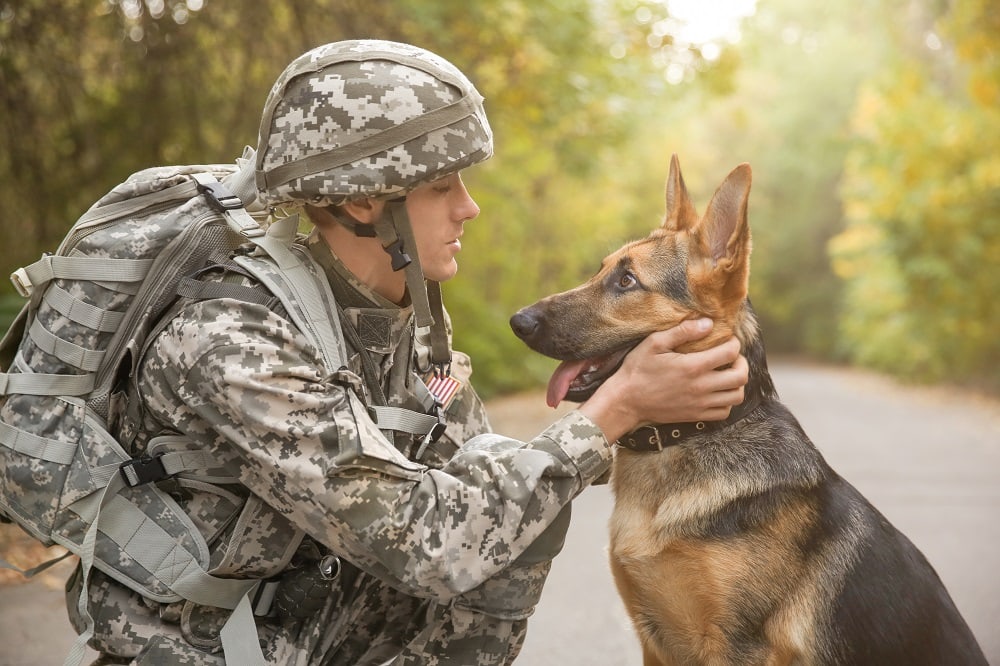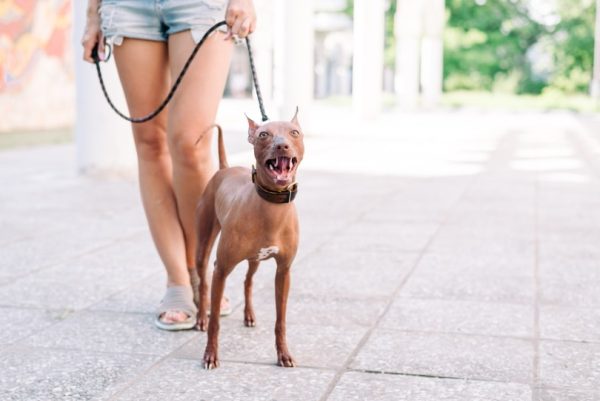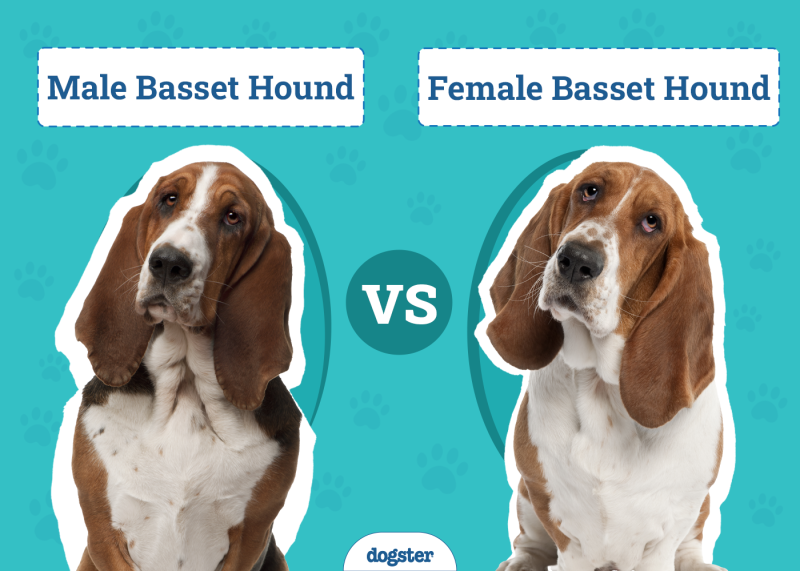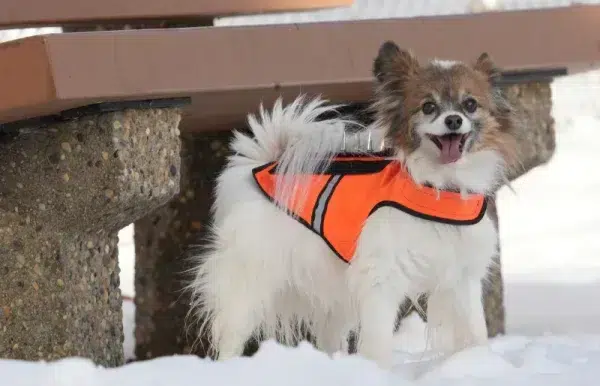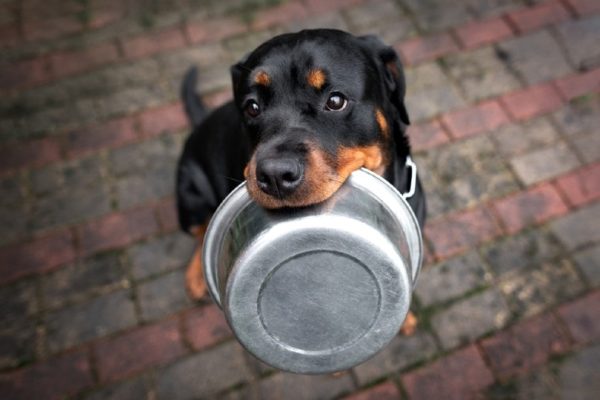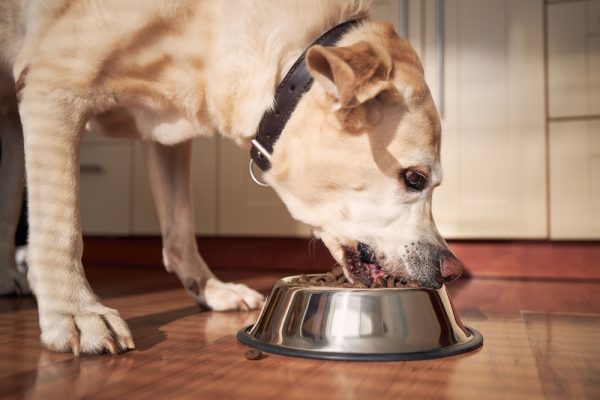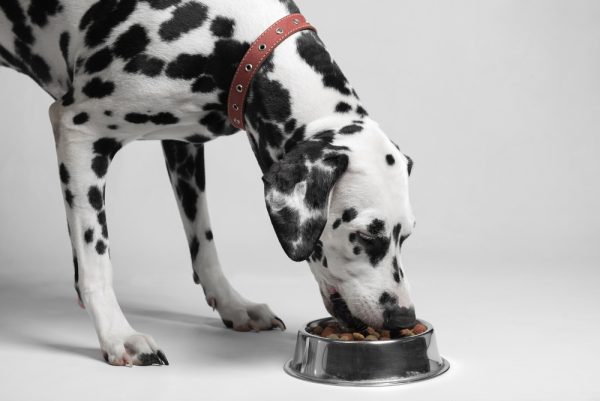In this article
View 3 More +Everyone knows the saying, “Dogs are man’s best friend.” Dogs are incredible creatures with many unbelievable qualities. They serve as companions to those with mental and physical disabilities. They love unconditionally, no questions asked, and they don’t judge or hold grudges. But have you ever thought deeply about what military dogs do? What are some of their specific roles? All branches of our Armed Forces train dogs for military purposes, so pull up a chair and let’s have a look at the unique positions military dogs hold.

History of the Military Dog
First, let’s examine the history of the military dog. In the U.S., dogs were trained during World War ll for specific jobs, but some dogs served as mascots as early as World War I. Stubby, the military dog, is the most well-known for his roles during this time. Stubby snuck aboard the ship upon deployment by Private J. Robert Conway of the 102nd Infantry Regiment of the 26th Infantry Division (United States), and he paved the way for future canine war heroes.
Also known as “Sergeant Stubby”, Stubby went from mascot to locating the wounded and alerting troops to enemy forces. He even captured a German soldier, holding him by the seat of his pants until U.S. troops could get to him.
The Coast Guard, Marines, and the Army employed approximately 20,000 dogs during World War II and trained them for various roles. Among these roles were discreetly carrying messages, rescuing downed pilots, and guarding posts and supplies.
Training dogs for military purposes didn’t start in the United States, and the date of origin may surprise you. According to writings about the 600 BC battle at the Iron Age Kingdom of Lydia, dogs were present. Over time, their intelligence and loyalty have proven to be effective in the military and war.
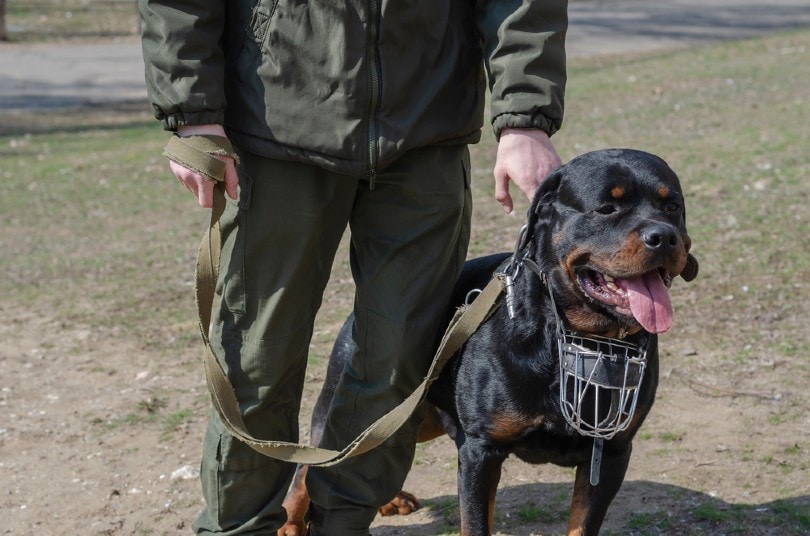
The Breeds Used For War
Not all dog breeds are suitable for these types of jobs. For example, a Chihuahua is simply not big enough to carry out certain tasks. The breeds primarily used in the military today are German Shepherds, Belgian Malinois, and Retrievers because of their loyalty, obedience, loving personalities, and powerful bite. They also must be healthy and strong with no physical limitations.
Sentry Dogs
These dogs are trained to warn troops of any imminent threat by growling or barking. This comes in handy during nighttime when visibility is poor. They also guard airports, supply posts, and any other important storage facilities or areas. The Coast Guard is also known to use them to detect enemy submarines.
Scout/Patrol Search
These dogs are trained much in the same way as sentry dogs, but stealth is essential for scouts. They are trained to detect ambushes and snipers silently. Not all dogs are qualified for this highly vital role; they must have a quiet disposition and the intelligence to pull it off. They are off-leash and away from their handlers, usually well ahead of the lines. They alert their handlers by stiffening their stance or twitching their ears.
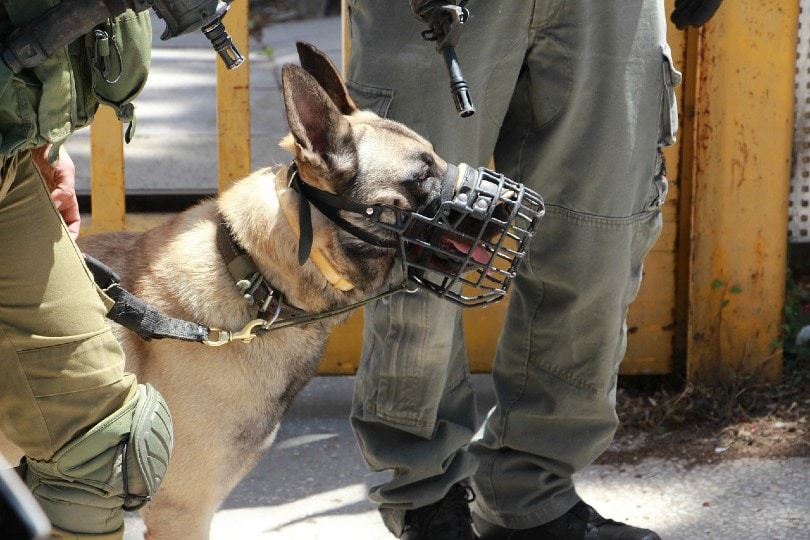
Casualty Dogs
Casualty dogs are also known as search and rescue dogs. They can reach and enter places that humans can’t, and they can sniff out the injured. An excellent example is the search and rescue process from the attack on the U.S. on September 11th, 2001. Casualty dogs could locate injured people trapped beneath the rubble that otherwise would have perished.
Explosive Detecting Dogs (EDD)
EDD dogs work mainly with military police to sniff out bombs, usually at checkpoints, traffic stops, or inspections. They stay close to their handler and remain on leash while performing this task.
Specialized Service Dogs (SSD)
This role is similar to the explosive detecting dog; only SSD dogs work off-leash for long distances to detect bombs and explosives. They are trained to know hand signals or learn commands from a radio strapped to their back.
Mine Detection Dog (MDD)
Mine detection dogs work exclusively for the Army. They are trained to search off-leash for buried mines and artillery.
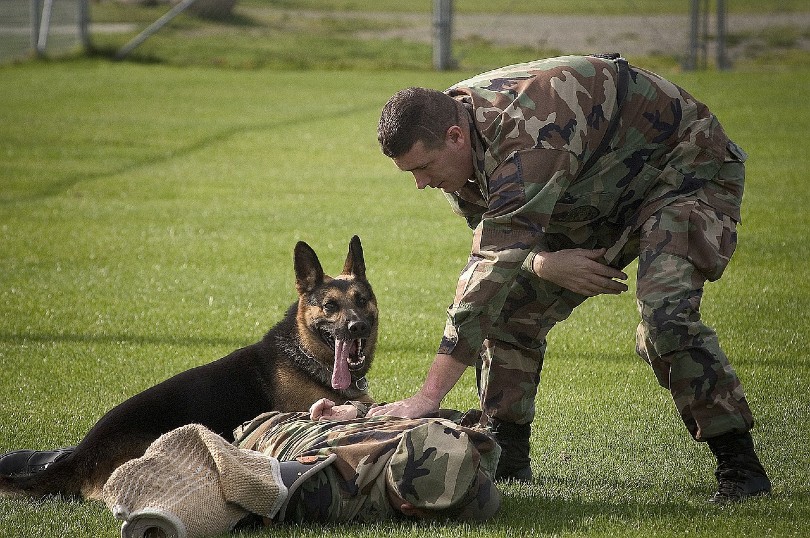
Narcotic Detector Dogs (NDD)
As the name suggests, NDD dogs are trained to sniff out narcotics.
CIA K9 Corps
These dogs undergo 13 weeks of special training in explosive detection, where they learn to detect 19,000 different explosive scents. They usually work with law enforcement, and they helped guard the 2002 Super Bowl in New Orleans.
Related Reads:
- How Long Does It Take to Train a Police Dog?
- What Happens to Dogs That Fail Police Training?
- 12 Best Police Dog Breeds That Help Law Enforcement (with Pictures)

Frequently Asked Questions
Are Military Dogs Aggressive?
Dogs used for military service must possess a certain level of aggression and display extreme focus. They need a heightened sense of smell, as well as the desire to work for rewards. However, they are not aggressive with their handlers.
Do Military Dogs Have a Rank?
Yes, they do! It’s one rank higher than their handler. The military put this tradition in place for a reason. Military dogs are considered non-commissioned officers, or NCOs. They are ranked higher than their handlers to maintain order while on missions or in training. As a higher-ranked officer, any mistreatment of the dog will result in stern disciplinary actions for the handler.
The tradition ensures the dogs are well taken care of while serving. However, their handlers have the utmost respect for their dogs and consider them fellow comrades and friends.

What Happens to Military Dogs When They Retire?
When their service is done, many military dogs become eligible for adoption. Some military dogs, however, are not suitable for adoption due to their extensive training. If a retired military dog is unsuitable for adoption, they will stay with their handler or other military personnel who understand their specific requirements. Joint Base San Antonio handles all adoptions, and you can contact them directly if you’re interested.
How Many Dogs Are Active in the Military Today?
There are roughly 2,500 dogs in the military today. Not only do they protect our troops, but they also help troops with the everyday struggles of combat by boosting morale and providing companionship.
War Dogs: Not Just Pieces of Military Equipment
While military dogs have proven useful in combat, they are also respected soldiers by those who had the honor of serving next to them. Over fifteen monuments across the United States are dedicated to preserving the memories of these intelligent and loyal canines who are considered true members of the military. During World War ll, military dogs saved 15,000 lives, and during the Vietnam War, 10,000 lives were saved. However, there’s no telling just how many lives throughout the history of war canines have been saved.

Final Thoughts
Every dog owner knows what terrific companions they make for us humans; now you know the vital component they play in the military. They have the ideal instincts and skills, and the military is the perfect place for them to put those instincts and skills into play. An unknown author wrote this poem about the military working dog, and it couldn’t be more fitting. To all military dogs out there, we salute you.
Related Reads:
- 10 Military Dog Breeds: Pictures, Info & History
- Military Dog Boarding: These Groups Help Take Care of Your Pup
Featured Image Credit: Africa Studio, Shutterstock
